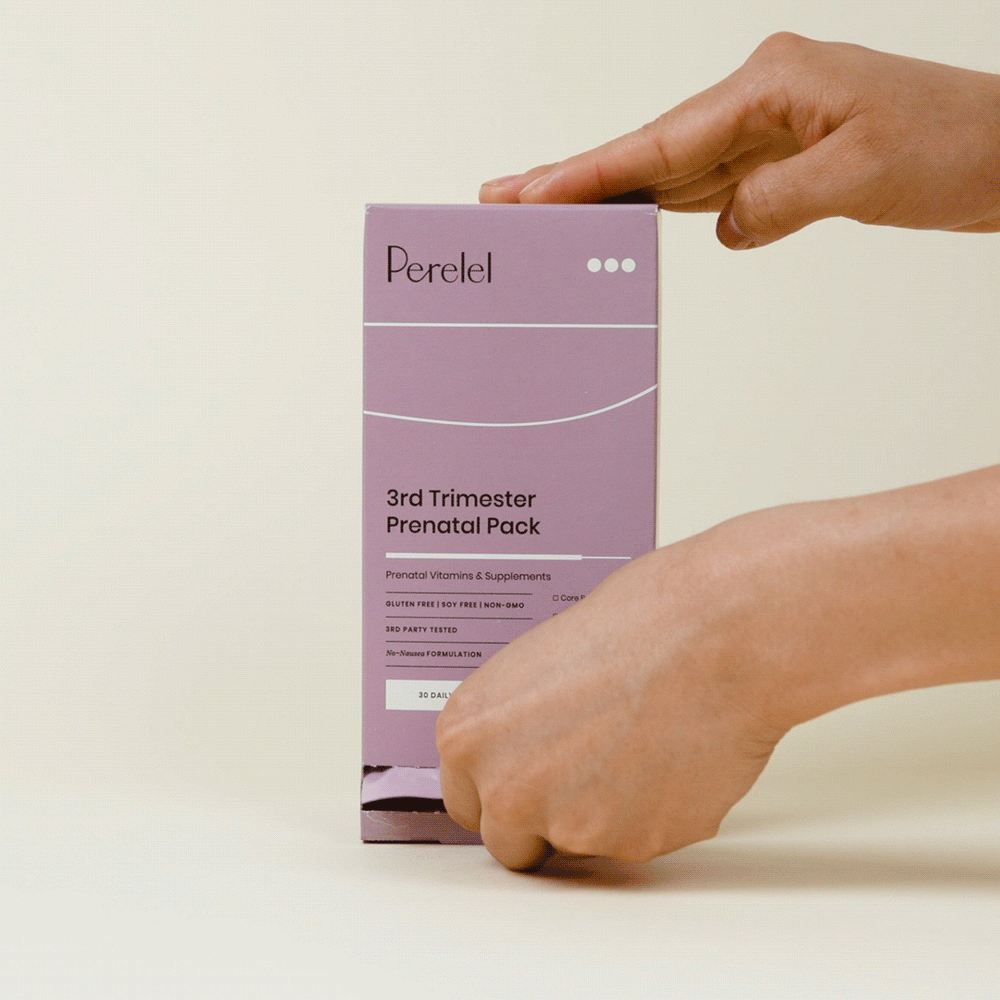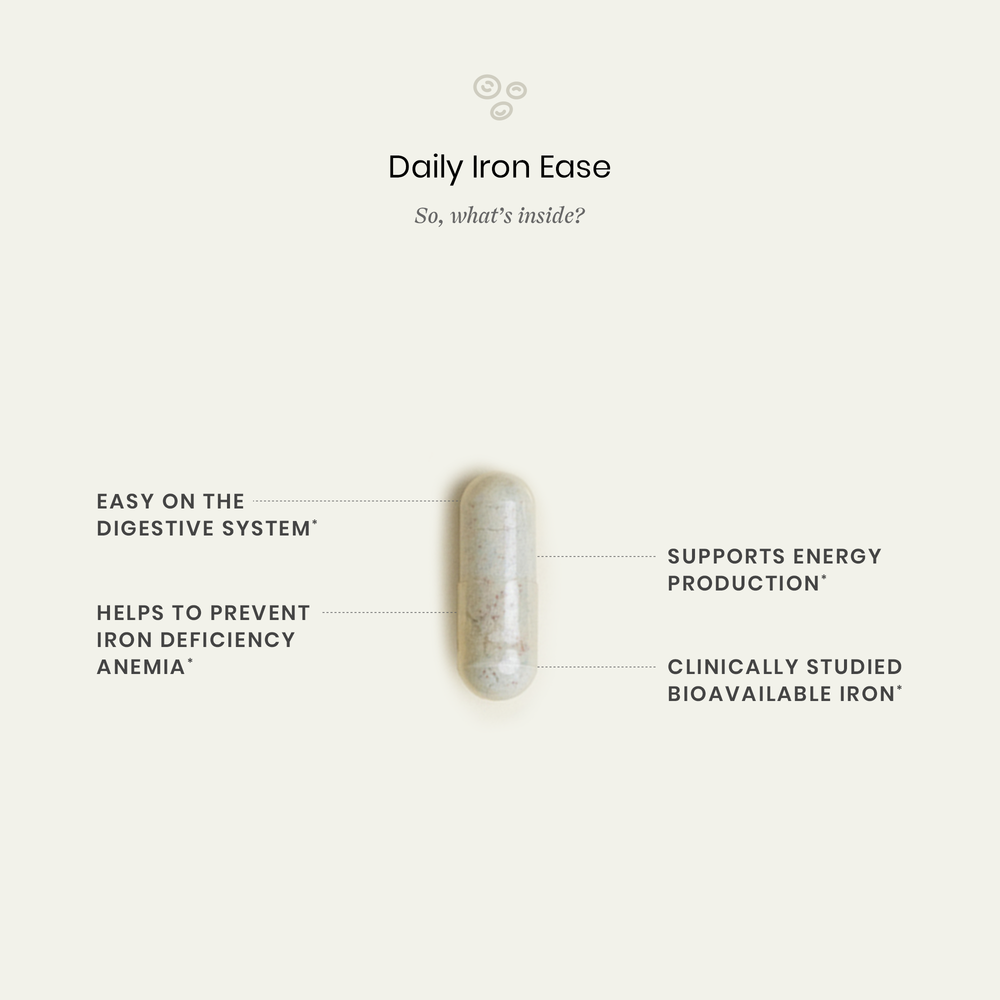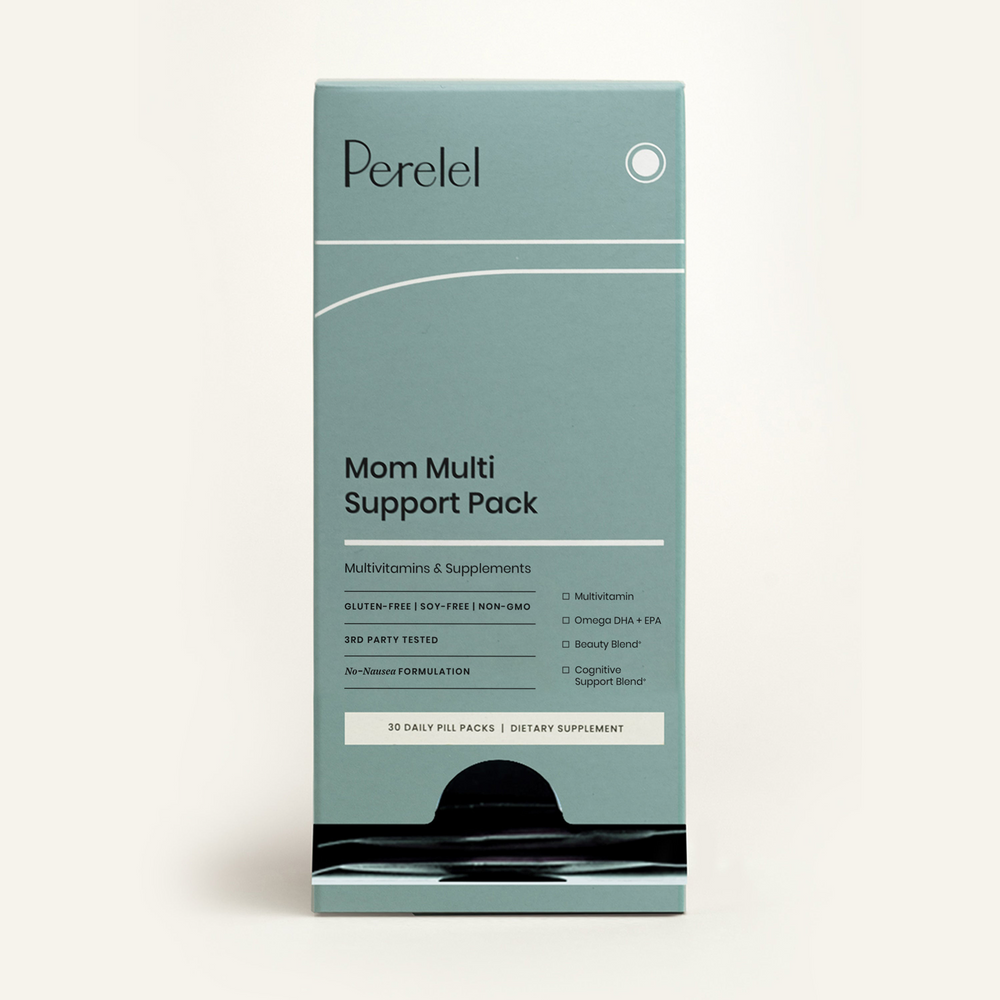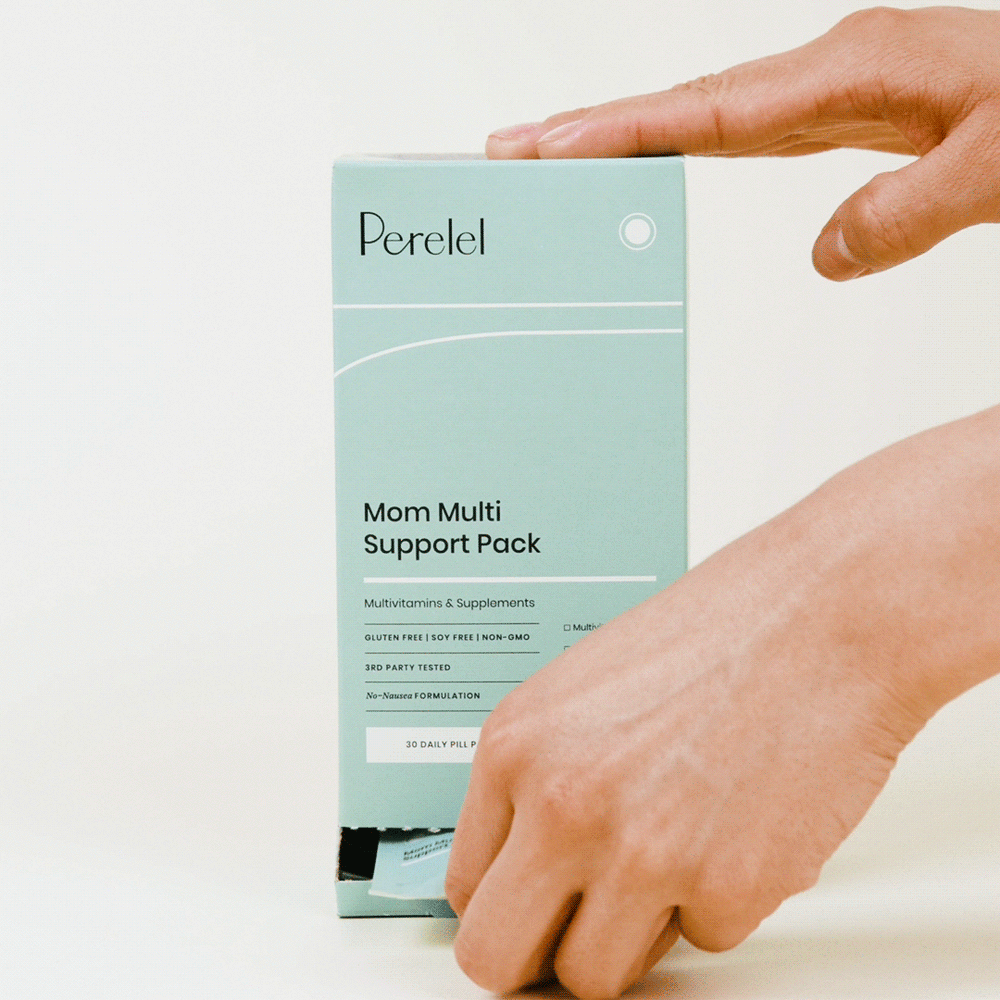Birth is expansive—physically, emotionally, and beyond. And while some people envision labor as an unmedicated, deep-breaths-only experience, others know that pain relief may help them feel calmer, more present, and more in control. Both are valid.
A medicated birth simply means you’re using safe, evidence-based options—whether to take the edge off or block pain entirely. It’s not about being “strong enough” or “natural enough.” It’s about what makes you feel supported in one of life’s most transformative moments.
In this guide, we’ll walk through the different medicated birth options, how they work, and what to expect—so you can make choices grounded in both knowledge and self-trust. Because in labor, just like in motherhood, both science and intuition have a place.
What exactly is a medicated birth?
It means that you use medication to help relieve or numb labor pain. There are two main approaches:
-
Analgesics, which reduce, but don’t eliminate pain.
-
Anesthetics, which numb you and block all other sensations.
How can I reduce pain?
You have a couple options when it comes to analgesics:
Nitrous oxide
This self-administered gas is made of 50 percent nitrous oxide and 50 percent oxygen. It helps you cope with the pain and has little-to-no side effects for the baby. That said, it’s not as good as some other options at taking away the pain.
Opioids
Drugs like fentanyl or demerol can be administered by IV and offer fast-acting relief. Keep in mind: they go into your bloodstream and can temporarily impact your baby’s breathing and heart rate. They can also make your baby sleepy, which can get in the way of feeding.
How can I block pain completely?
In that case, you have three main choices:
Epidural
A tiny tube (a.k.a. a catheter) is placed in the lower back to deliver medication. Usually, the meds used are a local anesthetic and an opioid.
Spinal block
This medicine is used to block pain, typically during a cesarean. Typically, it brings total pain relief to the lower part of the body while allowing you to be completely alert. Rare risks include bleeding, soreness, or infection.
Local anesthetic
It’s administered by injection to numb the nerves around the vagina, vulva, and perineum. (It’s sometimes used before an episiotomy, where an incision is made to make a larger opening for the baby.) It can offer effective but limited pain relief. Allergic reactions are possible but very rare.
How does an epidural actually work?
An anesthesiologist inserts a thin, soft tube around your spinal cord. The meds enter through this tube, which stays in place until after your baby is born.
During the placement, you’ll need to be completely still. The anesthesiologist might ask you to curve your back like a cat. Usually, you’ll also get a catheter in your urethra to empty your bladder.
You might not be able to eat much because of concerns about aspiration, which is where food or liquid is inhaled into the lungs. You might be able to have broth, ice, and popsicles, though. Make sure someone is in charge of bringing you a good sandwich after the baby is born.
Can I still move with an epidural?
Epidurals often limit how much you can move around. That said, movement is often possible and even recommended. You’ll just need a bit more help, since epidurals often numb your legs. A doula, nurse, or partner will have to help you get into your laboring positions.
A peanut ball is a good tool for this because it can help to support your body in a bunch of different positions. Ask your hospital or birthing place ahead of time to see if they have one on-hand or if you need to bring your own.
Is medicated birth the right choice for me?
It can be hard to ignore outside pressures around what we “should” do in labor. Here are some starting points for tuning in to what you want:
-
Do your past experiences with pain tell you anything about how you want to approach labor?
-
When you talk to family and friends about their birth experiences, what experiences sound more appealing to you? Which ones sound more frightening or unpleasant?
-
What’s your relationship with hospitals and medical staff? A medicated birth typically means committing to more time in a hospital than at home.
-
Do you have any chronic medical or mental health issues that would be supported by medicated pain relief?
Whatever you choose, remember that all birth is natural. If it’s OK to get pain relief for oral surgery, it’s OK to get pain relief for bringing a whole new person into the world.
Shop the Article:
How do I talk about all of this?
Below, find a few sample scripts and conversation starters to speak with those close to you about your birth plans:
Doctor:
“How will I know if the epidural isn’t working? What are my options if I still feel pain?”
“What if I want pain relief but still want to move around?”
“How early in my labor can I get an epidural? When is it too late to ask for one?”
Partner:
“I know my relationship to pain. An epidural is what feels best to me.”
“Can you help move me into a different position? My legs are numb and I need some support.”
Friend:
“How did you know you wanted an epidural? Was it scary to get it?”
“Did you ever feel judged or shamed for getting an epidural? How did you get past that?”
“What do you wish you’d known about pain relief when you were giving birth?”
Final Takeaways:
-
Medicated birth is a good option for folks concerned about the pain of labor and delivery.
-
Analgesics, like nitrous oxide, reduce pain but don’t eliminate it.
-
Anesthetics, like epidurals, help to numb you.
-
Epidurals are very effective at blocking pain but often limit your ability to move around.
-
All choices are valid. All birth is natural.
References:
Brumfiel, G. (2022, January 6). COVID vaccines may briefly change your menstrual cycle, but you should still get one. NPR.org. Retrieved October 17, 2022.
Nerve Blocks For Surgery. (2020, July 2). Yale Medicine. Retrieved October 19, 2022, from https://www.yalemedicine.org/conditions/nerve-blocks-for-surgery
Simkin P. Pain, suffering, and trauma in labor and prevention of subsequent posttraumatic stress disorder. J Perinat Educ. 2011 Summer;20(3):166-76. doi: 10.1891/1058-1243.20.3.166. PMID: 22654466; PMCID: PMC3209770.
Lothian, J.A. 2004. “Do Not Disturb: The Importance of Privacy in Labor.” Journal of Perinatal Education, vol. 13, no. 3, pp. 4–6. (Accessed Aug. 6, 2022, via National Center for Biotechnology Information PMC search tool.)
This article is for informational purposes only. It is not, nor is it intended to be, a substitute for professional medical advice, diagnosis, or treatment and we recommend that you always consult with your healthcare provider. To the extent that this article features the advice of physicians or medical practitioners, the views expressed are the views of the cited expert and do not necessarily represent the views of Perelel.





























